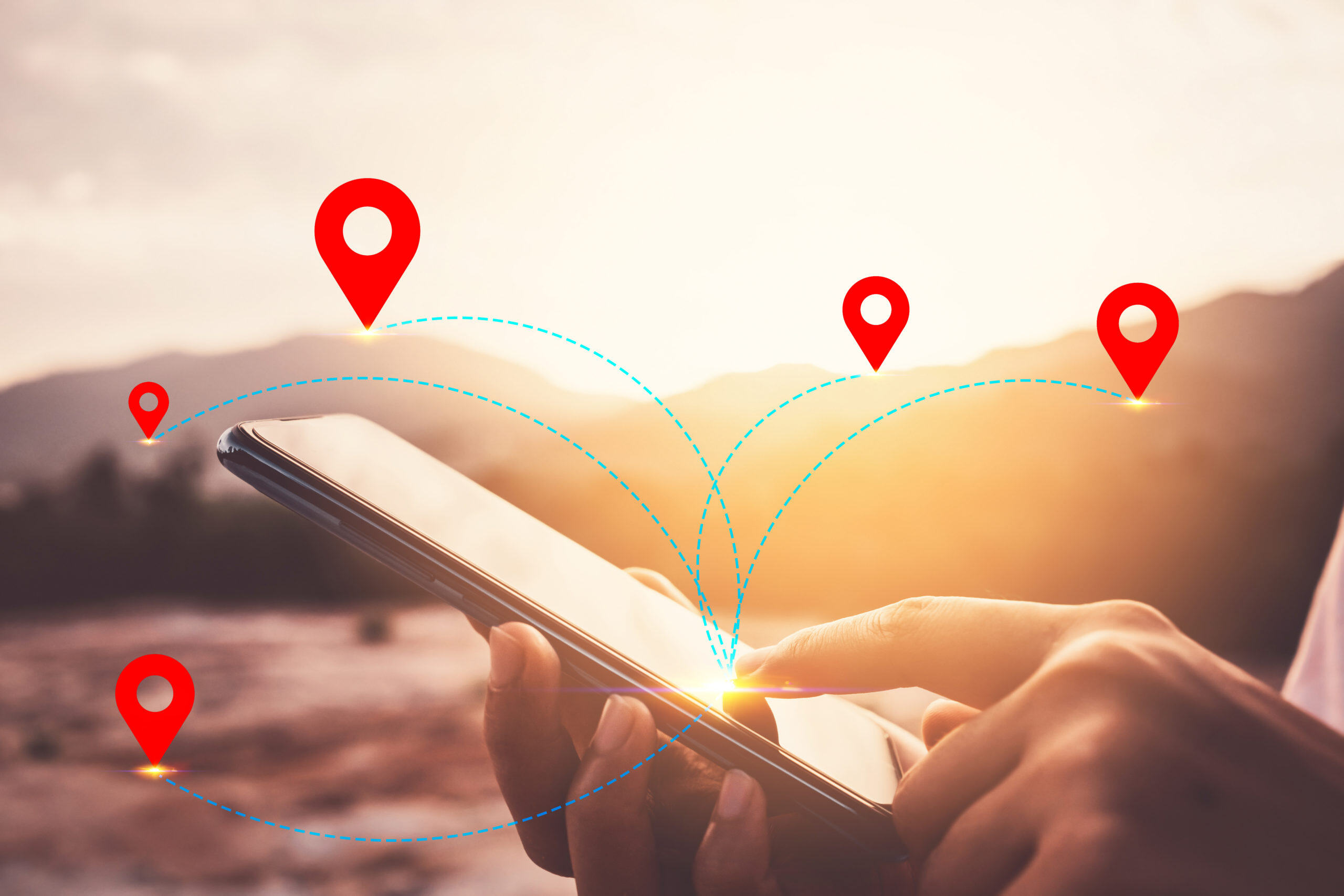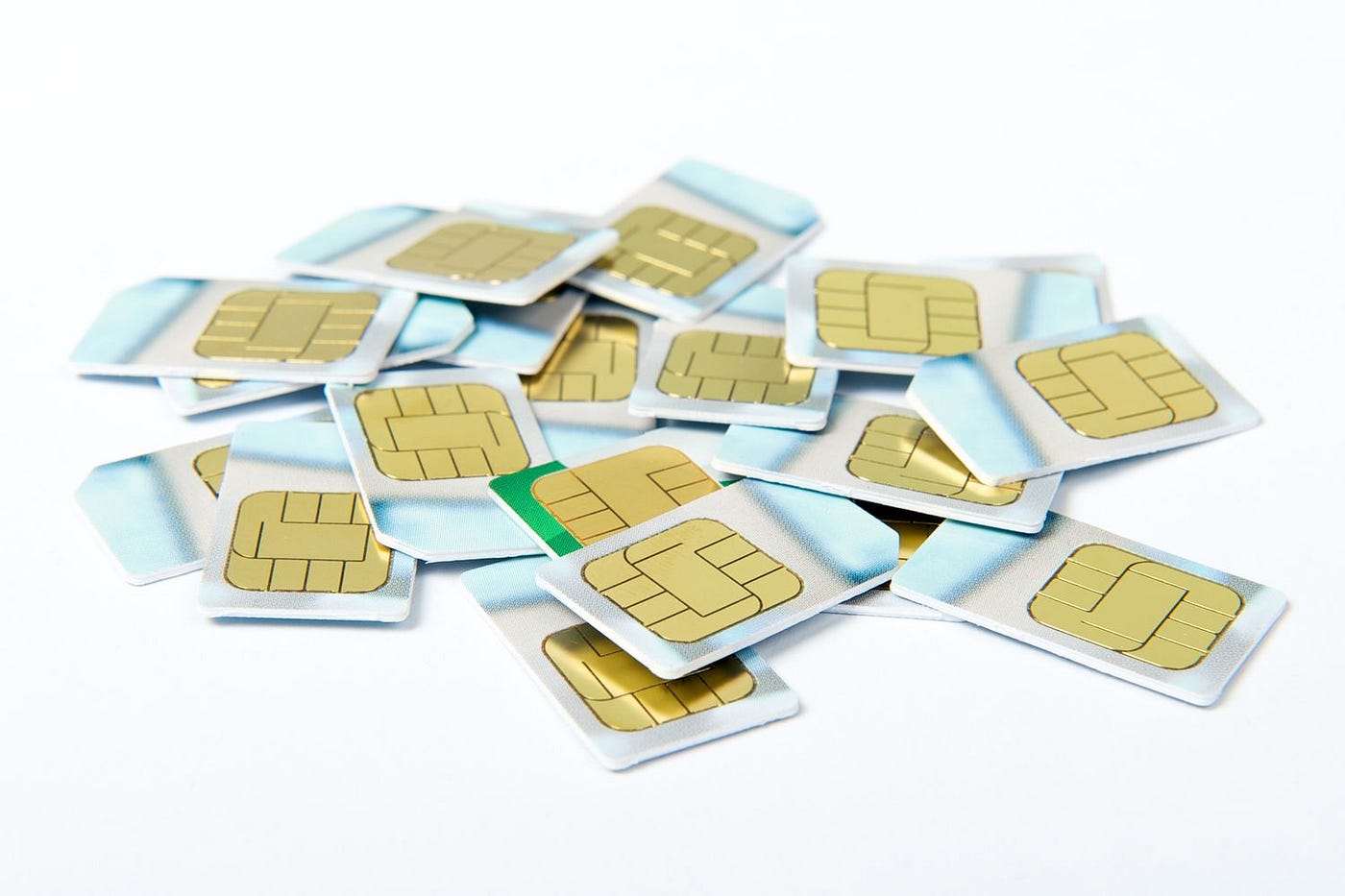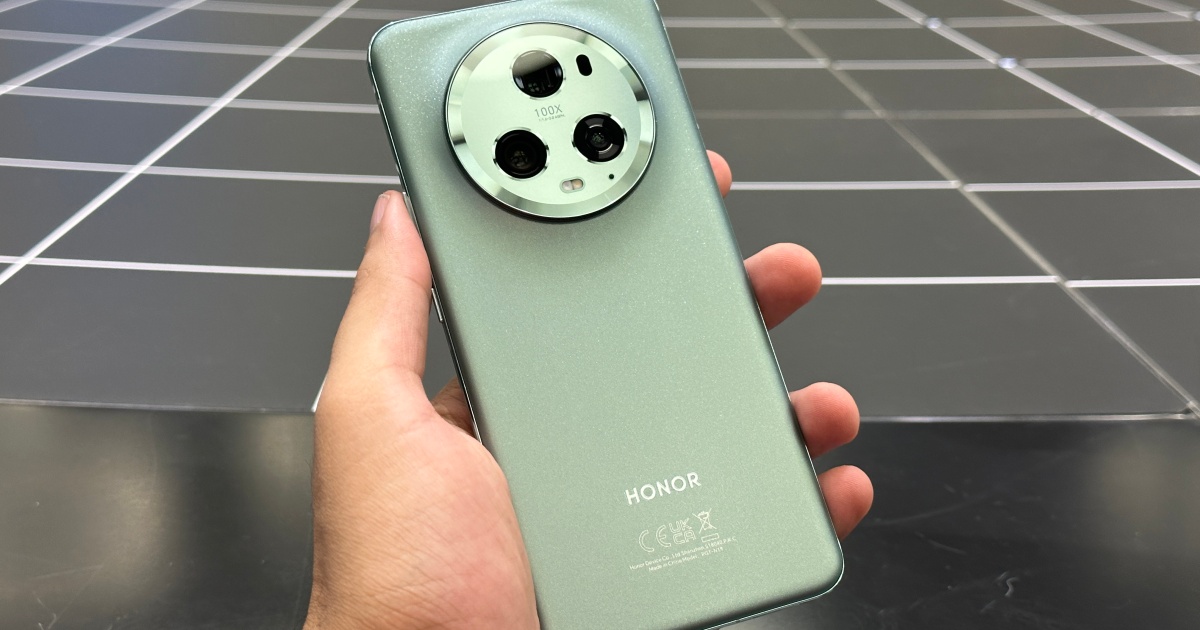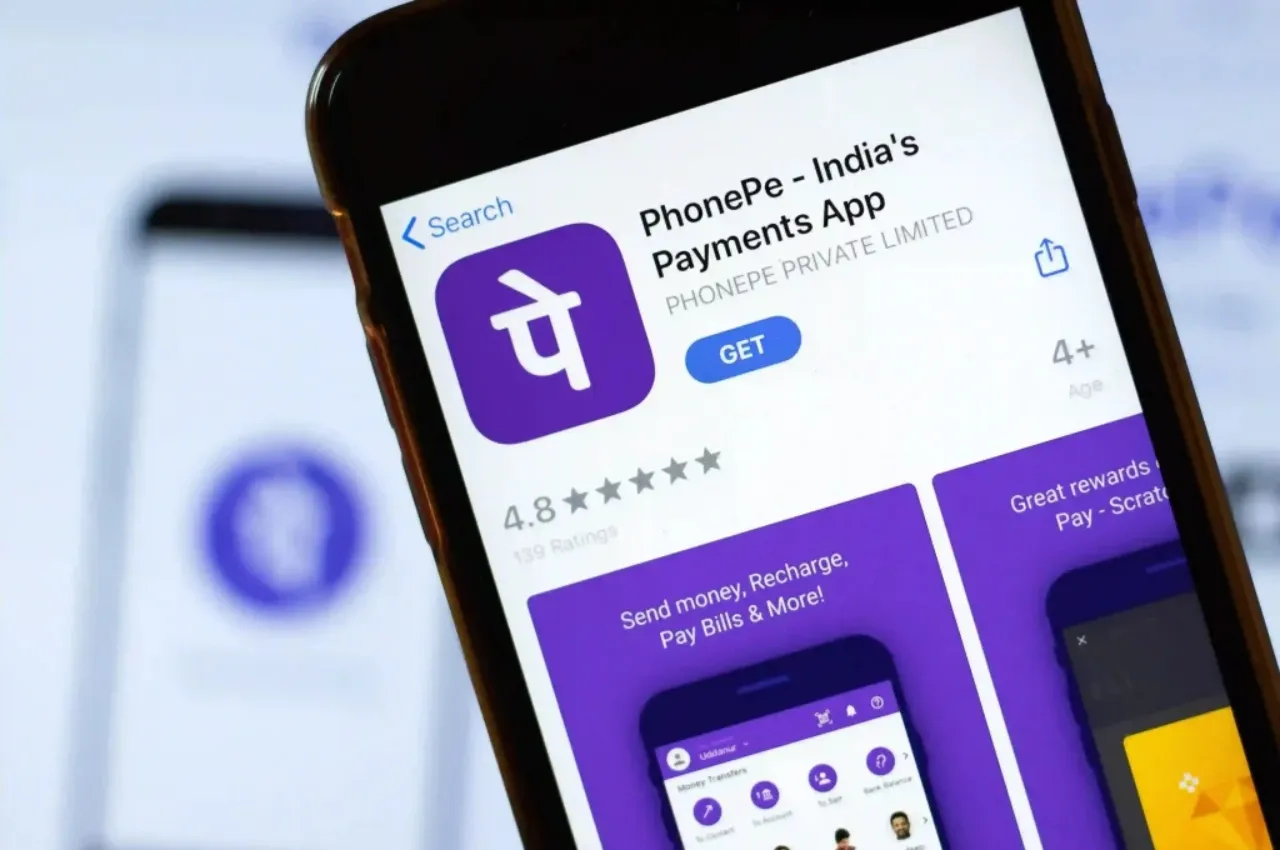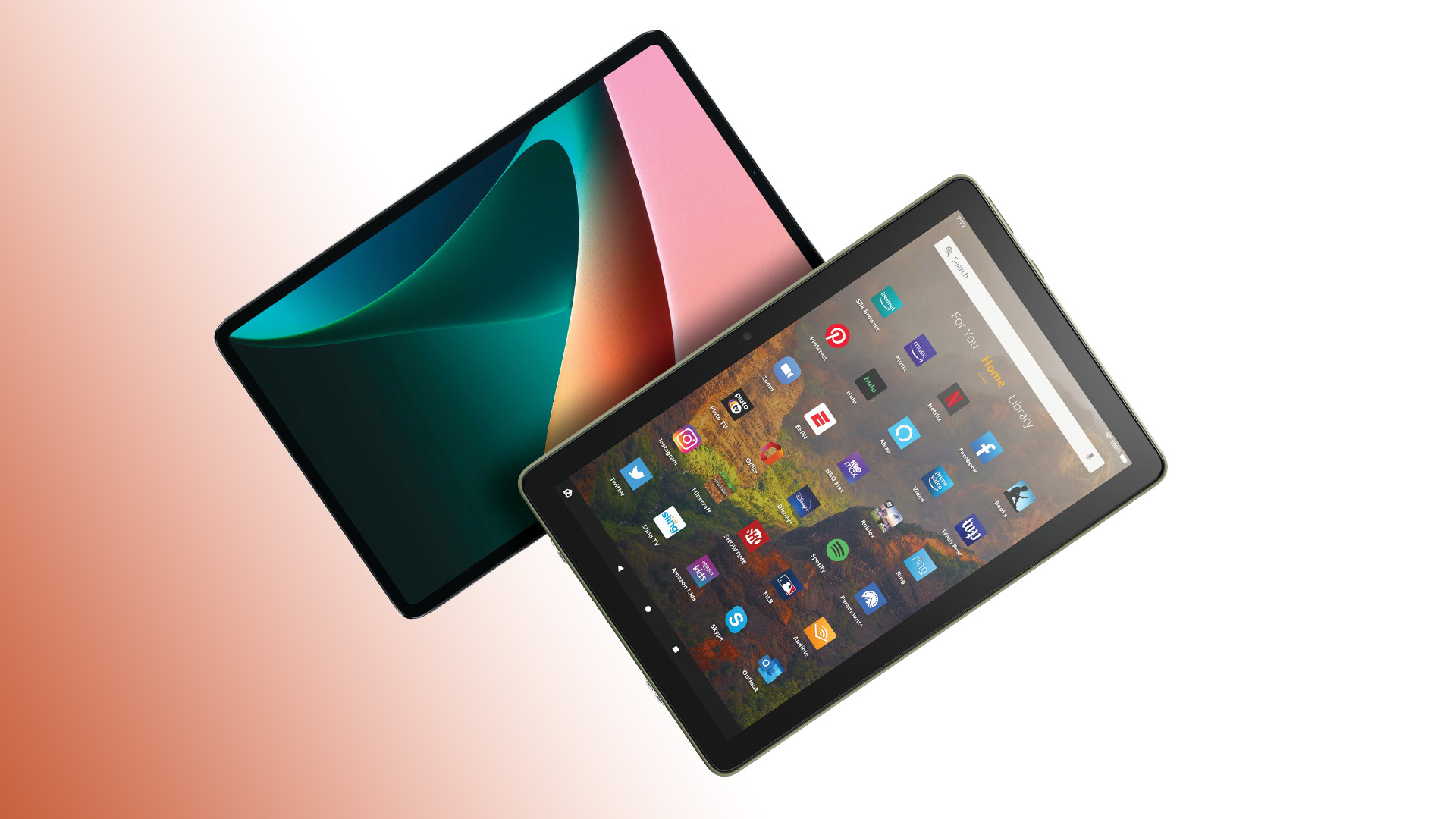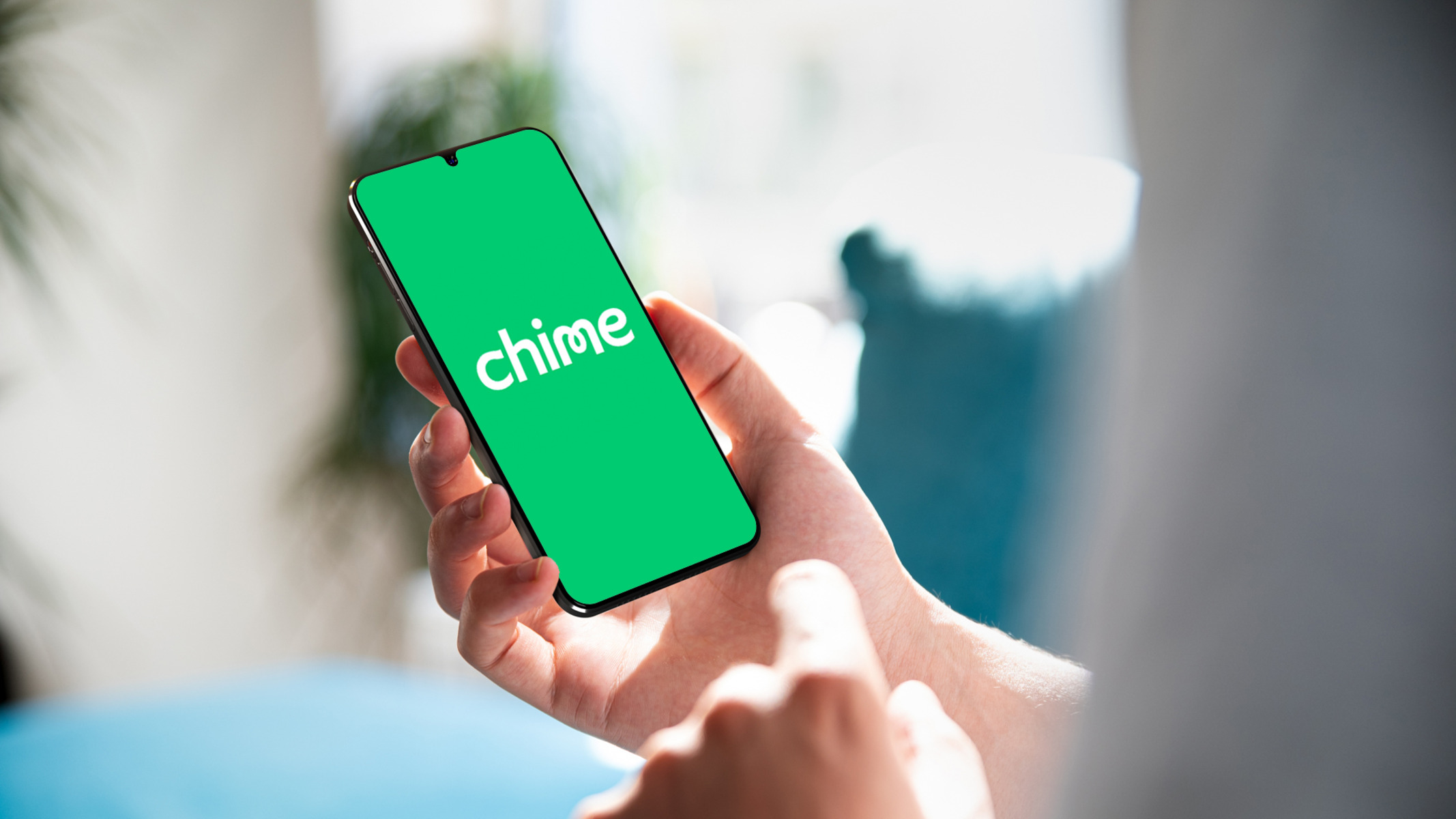Research and Preparation
When planning to use your smartphone overseas, it’s essential to conduct thorough research and make necessary preparations to ensure a smooth and hassle-free experience. Here are some key steps to take:
- Check compatibility and network coverage: Before traveling, verify if your smartphone is compatible with the networks in the country you’re visiting. Different regions use different network technologies, such as GSM or CDMA. Additionally, ensure that your device supports the necessary frequency bands for optimal coverage.
- Contact your service provider: Reach out to your current mobile service provider to discuss international options. Many carriers offer temporary international plans or add-ons that can provide you with calling, texting, and data allowances while abroad. Inquire about roaming fees and any restrictions that may apply to your plan.
- Unlock your smartphone: If your device is locked to a specific carrier, you’ll need to unlock it to use a different SIM card. Contact your service provider and follow their instructions to unlock your smartphone. This will allow you to use local SIM cards for cheaper rates and better coverage.
- Research local regulations: Familiarize yourself with the local regulations regarding mobile phone usage and any specific requirements for purchasing and using SIM cards. Some countries may have restrictions on foreigners buying SIM cards or may require additional documentation.
- Consider your data usage: Evaluate your typical data usage patterns to determine how much data you’ll likely need during your trip. If you rely heavily on data for streaming, online navigation, or using apps, you may need a larger data allowance. This will help you select the appropriate SIM card or data plan.
- Backup your device: Before leaving, back up all the important data on your phone, including contacts, photos, and documents. This will protect your valuable information in case of any loss, theft, or damage to your device.
By conducting thorough research and completing these preparations, you’ll be well-equipped to use your smartphone overseas without any unexpected surprises. Taking these initial steps will save you time, money, and potential stress during your travels.
Unlocking Your Smartphone
If your smartphone is currently locked to a specific carrier, you’ll need to unlock it before using a SIM card from another network. Unlocking your device allows you the freedom to choose a local SIM card while abroad. Here’s how to unlock your smartphone:
- Contact your service provider: Begin by reaching out to your current service provider and inquiring about the unlocking process. They will provide you with the necessary information and steps to follow. Some carriers may charge a fee or have specific requirements to fulfill before unlocking your device.
- Check for online unlocking services: If your service provider is unable to unlock your smartphone, you can explore third-party online unlocking services. These services often require you to provide information about your device, such as the make, model, and IMEI number. The IMEI number can usually be found by dialing *#06# on your phone or checking the device settings.
- Follow the unlocking instructions: Once you’ve obtained the unlocking instructions from your service provider or the online unlocking service, carefully follow the provided steps. This may involve inserting a different SIM card, entering an unlocking code, or connecting your device to a computer and using specialized software. Make sure to read and understand the instructions before proceeding.
- Verify the unlocking status: After completing the unlocking process, double-check if your device is indeed unlocked. You can do this by inserting a SIM card from a different carrier and confirming if your smartphone recognizes it. If successful, your device should display network signals from the new carrier.
- Keep your unlocking code: If you receive an unlocking code from your service provider or online service, make sure to keep it in a safe place. You may need this code if you decide to relock your device in the future or encounter any issues with network recognition.
Unlocking your smartphone allows you the flexibility to switch between different carriers and use local SIM cards while traveling overseas. It can save you substantial costs on roaming fees and provide better coverage in the region you’re visiting. Remember to complete the unlocking process before your trip to ensure a seamless transition to using a new SIM card.
Choosing a SIM Card
When using your smartphone overseas, selecting the right SIM card is crucial for seamless communication and internet access. Here are some factors to consider when choosing a SIM card for your international travel:
- Local or international SIM: Determine if you’ll be traveling to a single country or multiple countries within a specific region. If you’re visiting only one country, purchasing a local SIM card is often the most cost-effective option. However, if you’ll be traveling across multiple countries, an international SIM card may provide better coverage and convenience.
- Data, calls, and texts: Consider your communication needs during your trip. Assess how much data you’ll require for browsing the internet, using apps, and staying connected via social media. Additionally, evaluate your call and text requirements to ensure the SIM card you choose offers suitable allowances for your needs.
- Validity period: Different SIM cards have varying validity periods, ranging from a few days to several months. Determine the duration of your trip and select a SIM card with a validity period that aligns with your travel dates. This will prevent your SIM card from expiring before your trip ends.
- Top-up options: Check the availability and ease of topping up your SIM card. Some SIM cards allow you to recharge online, while others may require purchasing top-up vouchers at local stores. Ensure that the top-up process is convenient and accessible during your travels.
- Network coverage and speed: Research the network coverage and speed of the available SIM cards in the country you’re visiting. Look for reviews or ask locals and fellow travelers about their experience with different carriers. Opt for a SIM card that provides reliable coverage and fast internet speeds in the areas you plan to visit.
- Price and affordability: Compare the prices of different SIM cards and consider your budget for communication expenses. Keep in mind that the cheapest option might not always provide the best service, so strike a balance between affordability and quality.
Choosing the right SIM card ensures that you stay connected and enjoy uninterrupted communication during your travels. By evaluating your needs, considering the available options, and researching local carriers, you’ll be able to make an informed decision when selecting a SIM card for your smartphone.
Purchasing a Local SIM Card
One of the most cost-effective and convenient ways to use your smartphone overseas is by purchasing a local SIM card. This allows you to enjoy local rates and data plans, saving you from exorbitant roaming charges. Here are some steps to follow when purchasing a local SIM card:
- Research local mobile operators: Before arriving at your destination, research the local mobile operators to identify reliable networks and compare their offerings. Look for well-known carriers with good coverage and positive customer reviews.
- Locate authorized sellers: Once you arrive in the country, find authorized sellers or official stores of the chosen mobile operator. These outlets will offer genuine SIM cards and provide necessary assistance during the purchase process.
- Choose the right plan: Inquire about the available plans and data packages offered by the mobile operator. Explain your needs in terms of data, calls, and texts, and select a plan that aligns with your requirements and budget.
- Provide required identification: Some countries have regulations that require you to present identification, such as a passport or local ID, to purchase a SIM card. Make sure to carry the necessary identification documents to facilitate the purchase process.
- Register your SIM card: In certain countries, it may be mandatory to register your SIM card with the mobile operator. This can usually be done through an online registration process or by visiting a designated registration center. Follow the instructions provided by the operator to complete the registration within the required timeframe.
- Insert and activate the SIM card: Once you have purchased and registered your SIM card, carefully insert it into your smartphone following the instructions provided. Power on your device, and your smartphone should recognize the new SIM card. If not, you may need to manually configure the APN settings, which can be obtained from the mobile operator’s website or customer support.
Purchasing a local SIM card gives you the freedom to use your smartphone in the country you’re visiting without breaking the bank. Take your time to research, locate authorized sellers, choose the right plan, and follow the necessary steps to ensure a seamless experience in using your new local SIM card.
Activating and Installing Your New SIM Card
After purchasing a local SIM card for your smartphone, the next step is to activate and install it. Properly activating and installing your new SIM card ensures that you can begin using it for calls, texts, and data. Here’s how to activate and install your new SIM card:
- Read the instructions: Carefully read the instructions provided by the mobile operator when you purchased the SIM card. The instructions will guide you through the activation and installation process specific to that carrier.
- Power off your smartphone: Before installing the SIM card, power off your smartphone to avoid any potential issues when inserting or removing it.
- Locate the SIM card slot: Find the SIM card slot on your smartphone. The location of the SIM card slot may vary depending on the make and model of your device. In most cases, it is located under the battery or in a small tray on the side or top of the phone.
- Insert the SIM card: Gently insert the SIM card into the designated slot, ensuring it is properly aligned with the contacts. Be careful not to force the card or damage the slot.
- Power on your smartphone: Once the SIM card is correctly inserted, power on your smartphone. It will take a few moments for your device to recognize the new SIM card and establish a network connection.
- Follow the activation prompts: Your smartphone may prompt you to enter a series of activation codes or settings once it detects the new SIM card. Follow the on-screen instructions and provide any requested information to activate the SIM card.
- Test your connection: After completing the activation process, make a test call or send a text message to ensure that your new SIM card is fully activated and functioning correctly. If you experience any issues, refer to the troubleshooting section or contact the mobile operator’s customer support for assistance.
Activating and installing your new SIM card is a straightforward process that allows you to use your smartphone with local services and enjoy affordable rates while abroad. By following these steps, you’ll be ready to make calls, send texts, and access data using your new SIM card.
Understanding Mobile Data and Roaming Options
When using your smartphone overseas, it’s important to understand how mobile data and roaming options work. Being aware of these options will help you make informed decisions and avoid unexpected charges. Here’s what you need to know:
Mobile Data:
Mobile data allows you to access the internet, use apps, and browse websites on your smartphone. When traveling internationally, there are a few different options for using mobile data:
- Using your home network: Your home network may offer international roaming packages that allow you to use your mobile data while abroad. However, roaming charges can be expensive, so it’s important to check the rates and restrictions before relying on this option.
- Purchasing an international data plan: Some mobile operators and third-party providers offer international data plans. These plans typically offer a set amount of data for a specific duration at a lower rate than standard roaming charges. Consider purchasing one of these plans if you anticipate needing significant data usage during your trip.
- Using local SIM cards: Purchasing a local SIM card in the country you’re visiting is often the most cost-effective way to access mobile data. Local SIM cards typically offer affordable data packages that are tailored to the needs of local residents and travelers.
- Using Wi-Fi networks: Take advantage of Wi-Fi networks wherever available. Many hotels, cafes, and public spaces offer free or paid Wi-Fi access. When connected to Wi-Fi, you can use data-intensive apps and services without incurring additional charges.
Roaming Options:
Roaming refers to using your smartphone on a network other than your home network. Here are a few key considerations when it comes to roaming:
- Roaming availability: Check if your mobile operator supports roaming in the country you’re visiting. Not all carriers have roaming agreements with all countries, so it’s essential to confirm this before your trip.
- Roaming charges and packages: Familiarize yourself with the roaming charges and packages offered by your mobile operator. Some carriers have specific international plans or add-ons that can help you save on roaming expenses.
- Avoiding accidental roaming: To prevent accidental roaming and potential bill shock, disable the “Data Roaming” option in your smartphone’s settings. This will ensure that your device doesn’t connect to foreign networks and incur charges without your knowledge.
- Be mindful of voice calls and text messages: Keep in mind that making phone calls and sending text messages while roaming can be expensive. Consider using apps like WhatsApp, Skype, or Viber for communication instead, as they utilize data rather than traditional voice and text services.
- Enable data-saving features: Enable data-saving features on your smartphone to reduce unnecessary data usage while using mobile data or roaming. This can include turning off automatic app updates, disabling background app refresh, and compressing data where possible.
Understanding mobile data and roaming options will help you make smart choices to stay connected while abroad. Whether you opt for an international data plan, use local SIM cards, or rely on Wi-Fi networks, being informed will ensure that you have an enjoyable and cost-effective experience using your smartphone.
Managing Mobile Data Usage
Managing your mobile data usage is crucial to avoid exceeding your data limits and incurring additional charges while using your smartphone overseas. Here are some tips for effective data management:
- Monitor your data usage: Keep track of your data usage to understand how much you’re consuming. Most smartphones have built-in data usage tracking features that allow you to monitor your usage throughout the billing cycle. Alternatively, you can use third-party apps to help you track and manage your data consumption.
- Connect to Wi-Fi networks: Whenever possible, connect to Wi-Fi networks to minimize your cellular data usage. Utilize Wi-Fi networks in hotels, cafes, and public places to download large files, stream videos, and use data-intensive apps without consuming your mobile data.
- Disable automatic app updates: Turn off automatic app updates in your smartphone’s settings to prevent apps from updating and consuming your data in the background. Instead, manually update your apps when connected to Wi-Fi networks.
- Limit data-hungry apps: Identify and prioritize your data-hungry apps. Consider disabling automatic video playback, reducing video streaming quality, or using offline modes whenever possible. This will help conserve your data allowance while still enjoying your favorite apps.
- Use data-saving features: Enable data-saving features on your smartphone to reduce data consumption. This may include compressing images, restricting background data usage by apps, and disabling push notifications for non-essential apps.
- Offline access for maps and music: Download offline maps and music playlists before your trip to avoid using data for navigation or streaming. Most navigation apps offer offline map options, and music streaming services have offline modes that allow you to listen to your favorite songs without an internet connection.
- Beware of data-intensive activities: Be mindful of data-intensive activities, such as video streaming, video calls, and cloud backups. These activities consume large amounts of data quickly, so it’s best to limit them or perform them when connected to Wi-Fi networks.
- Optimize email and messaging apps: Configure your email and messaging apps to download attachments and media only when connected to Wi-Fi networks. This will prevent these apps from unnecessarily using your mobile data while still allowing you to access important messages and emails.
- Regularly check for app updates: Keeping your apps up to date can help optimize their performance and reduce any data inefficiencies. Check for app updates when connected to Wi-Fi to avoid using your mobile data for these downloads.
- Consider data-management apps: Explore data-management apps that can monitor and restrict data usage for specific apps or set custom data usage limits. These apps provide granular control over your data consumption and can help you stay within your limits.
By implementing these data management strategies, you can effectively control and optimize your mobile data usage while traveling overseas. Being mindful of your data consumption will not only help you avoid additional charges but also ensure that you stay connected throughout your trip.
Making Calls and Sending Texts
Staying connected through calls and texts is essential while using your smartphone overseas. However, international calling and texting can be costly, so it’s important to explore cost-effective options. Here’s how you can make calls and send texts efficiently:
- Wi-Fi calling: Take advantage of Wi-Fi calling features on your smartphone. If your device and carrier support Wi-Fi calling, you can make and receive calls over a Wi-Fi network without incurring additional charges. This is particularly useful when connected to Wi-Fi networks in hotels or cafes.
- International calling and texting plans: Check if your mobile operator offers international calling and texting plans. These plans often provide a set number of minutes and text messages at a discounted rate. Consider adding an international plan that suits your needs if you anticipate making frequent calls or sending texts.
- Calling apps: Use calling apps that utilize internet connectivity to make calls and send texts. Apps like WhatsApp, Skype, and Viber allow you to make voice and video calls, as well as send texts, over Wi-Fi or mobile data. Confirm that the person you’re calling or texting also has the same app installed for seamless communication.
- Local SIM cards: When purchasing a local SIM card, inquire about the local calling and texting rates. Local SIM cards often offer affordable local and international calling and texting plans that can save you significant costs. This option is especially beneficial if you plan to make frequent local calls or need to communicate with local businesses or contacts.
- App-based communication: Utilize messaging apps, such as WhatsApp or Facebook Messenger, for text-based communication. These apps use internet connectivity and offer features like group chats, file sharing, and voice messages, allowing you to stay connected with friends, family, and colleagues without incurring extra charges.
- Avoid unnecessary use of traditional calls and texts: Limit your use of traditional phone calls and text messages to essential situations. International calling and texting rates can be high, so reserve these methods for emergencies or important conversations. Exploit Wi-Fi calling and app-based communication for non-urgent communication.
By leveraging available technologies and cost-effective options, you can stay connected, make calls, and send texts without breaking the bank. Whether you rely on Wi-Fi calling, international plans, calling apps, or local SIM cards, choose the method that best suits your needs and budget while ensuring a reliable means of communication.
Using Wi-Fi Calling
Wi-Fi calling is a valuable feature that allows you to make and receive calls over a Wi-Fi network, rather than relying solely on your cellular network. This can be especially useful when using your smartphone overseas, as it enables you to stay connected without incurring exorbitant roaming charges. Here’s how you can use Wi-Fi calling effectively:
- Check if your device supports Wi-Fi calling: Verify that your smartphone and mobile network support Wi-Fi calling. Most modern smartphones and major carriers offer this feature, but it’s best to confirm compatibility before relying on it.
- Enable Wi-Fi calling: On your smartphone, go to the settings and look for the Wi-Fi calling option. Enable it and follow any prompts or instructions to complete the setup process. You may need to register your device and phone number with your carrier to activate Wi-Fi calling.
- Connect to a Wi-Fi network: Make sure you are connected to a Wi-Fi network before making or receiving calls through Wi-Fi calling. This can be your home Wi-Fi network, a public hotspot, or the Wi-Fi network provided by your hotel or other establishments.
- Experience seamless calling: Once connected to Wi-Fi, you can make and receive calls as you normally would. Your smartphone will use the Wi-Fi network for the call instead of relying on cellular data or minutes. The person on the other end doesn’t need to have Wi-Fi calling enabled for the call to go through.
- Enjoy benefits of Wi-Fi calling: Wi-Fi calling offers several benefits. It can improve call quality, especially in areas with weak cellular reception. It also allows you to make calls from remote locations where cellular coverage is limited, such as basements or rural areas. Additionally, Wi-Fi calling is often free, eliminating the need for expensive international calling plans.
- Be aware of potential limitations: While Wi-Fi calling is a valuable feature, it’s important to be aware of its limitations. Your device needs a stable and reliable Wi-Fi connection for optimal call quality. If the Wi-Fi signal becomes weak or drops, your call quality may suffer. Additionally, emergency services may not be able to locate you accurately when using Wi-Fi calling, so it’s crucial to provide your location explicitly during emergency calls.
Wi-Fi calling is a convenient and cost-effective means of communication while using your smartphone overseas. By utilizing this feature, you can make and receive calls seamlessly over Wi-Fi networks, saving you from high roaming charges and ensuring reliable communication throughout your trip.
Accessing the Internet and Using Apps
Accessing the internet and using apps on your smartphone is essential for staying connected and enjoying various online services while traveling overseas. Here’s how you can effectively access the internet and use apps on your smartphone:
- Connect to Wi-Fi networks: Whenever available, connect to Wi-Fi networks to access the internet. Many hotels, cafes, restaurants, and public spaces offer free or paid Wi-Fi access. Utilize these networks to browse the web, use apps, and save your mobile data for when Wi-Fi is unavailable.
- Consider purchasing local SIM cards: If you expect to use a significant amount of mobile data or will be in an area with limited Wi-Fi access, purchasing a local SIM card is a cost-effective option. Local SIM cards often come with generous data allowances at affordable rates, allowing you to access the internet and use apps without relying solely on Wi-Fi.
- Use data-saving features: Enable data-saving features on your smartphone to reduce data consumption while accessing the internet and using apps. This can include enabling data compression in browsers, restricting background data usage for non-essential apps, and disabling automatic media downloads in messaging apps.
- Download offline content: Prior to your trip, download offline content for apps, such as maps, translation dictionaries, travel guides, and entertainment apps. This allows you to access the content without an internet connection, minimizing the need for data usage while using these apps.
- Be cautious of public Wi-Fi security: When connecting to public Wi-Fi networks, prioritize your online security. Avoid accessing sensitive information or making financial transactions on public networks. Instead, use a virtual private network (VPN) for secure internet browsing while connected to public Wi-Fi.
- Monitor data usage: Keep an eye on your data usage to avoid exceeding your limits or incurring additional charges. Check your smartphone’s data usage settings or use data monitoring apps to track and manage your data consumption effectively.
- Optimize app settings: Adjust the settings of your apps to optimize their data usage. For example, you can disable autoplay for videos in social media apps, enable data saver mode in web browsers, and adjust the quality settings for streaming apps to minimize data usage without compromising functionality.
- Research local apps: Explore apps that are popular and relevant to the region you’re visiting. Local apps can provide you with valuable information, services, and real-time updates about local events, transportation, dining, and attractions, enhancing your travel experience.
- Update apps over Wi-Fi: When updating your apps, ensure that you do so over a Wi-Fi network rather than using your mobile data. Automatic app updates can consume a significant amount of data, so it’s best to manually update your apps when you are connected to Wi-Fi.
By following these tips, you can effectively access the internet, use apps, and optimize your data usage while traveling overseas. Whether you rely on Wi-Fi networks, purchase local SIM cards, or utilize data-saving features, you can make the most of your smartphone’s capabilities to stay connected and enhance your travel experience.
Using Navigation and Maps
Navigation and maps are indispensable tools for travelers, helping you find your way, discover new places, and explore unfamiliar destinations. Here’s how you can effectively use navigation and maps on your smartphone:
- Download offline maps: Before your trip, download offline maps for your destination. Many navigation apps offer the option to download maps for offline use. This enables you to access maps and get directions without needing an internet connection, saving on data usage and ensuring navigation even in areas with weak or no network coverage.
- Choose a reliable navigation app: There are numerous navigation apps available, so choose one that suits your preferences and offers reliable offline functionality. Popular options include Google Maps, Apple Maps, Waze, and HERE WeGo. Research and compare the features, user reviews, and offline capabilities of different apps to make an informed choice.
- Enable GPS and location services: Ensure that your smartphone’s GPS and location services are enabled. These features are essential for accurate location tracking and navigation. Keep in mind that using GPS for extended periods can drain your battery, so consider carrying a portable charger or using battery-saving techniques, such as dimming your screen while navigating.
- Plan your route in advance: Plan your route before heading out to a new destination. Identify key landmarks, transportation options, and points of interest along the way. By familiarizing yourself with the route beforehand, you can navigate confidently without relying solely on real-time directions.
- Take advantage of real-time traffic information: Many navigation apps provide real-time traffic updates, allowing you to choose the best route based on current conditions. Stay informed about traffic congestion, road closures, and alternative routes to optimize your travel time.
- Utilize public transportation options: Navigation apps often include public transportation information, such as bus and train schedules, routes, and station locations. Take advantage of this feature to navigate public transportation systems in foreign cities, making your travel more efficient and cost-effective.
- Bookmark and save important locations: Save the locations of your hotel, key attractions, and other points of interest within the navigation app. This makes it easier to access these places quickly and efficiently, without the need to search for them each time.
- Use voice-guided directions: Enable voice-guided directions within your navigation app. This provides you with audible instructions, so you can keep your eyes on the road while following the directions. Remember to have your device connected to a Bluetooth headset or car audio system for a hands-free experience.
- Stay aware of your surroundings: While relying on navigation apps, it’s important to remain aware of your surroundings. Look out for street signs, landmarks, and local cues to ensure that you are on the right track. Use the navigation app as a tool to supplement your navigation, rather than solely depending on it.
By utilizing navigation and maps effectively, you can confidently explore new places, navigate unfamiliar roads, and make the most of your travel experiences. Plan ahead, download offline maps, and choose a reliable navigation app to ensure a seamless and enjoyable journey.
Protecting Your Smartphone and Data
Protecting your smartphone and data while traveling is crucial to ensure the safety and security of your personal information. Here are some important measures you can take to protect your smartphone and data:
- Use strong and unique passwords: Set a strong passcode or pattern lock on your smartphone to prevent unauthorized access. Avoid using easily guessable passwords, such as your birthdate or simple number sequences. Additionally, enable two-factor authentication whenever possible for an extra layer of security.
- Install security software: Install a reputable antivirus and security software on your smartphone. This can protect your device from malware, phishing attempts, and other security threats. Keep the software up to date to ensure maximum protection.
- Encrypt sensitive data: Encrypt sensitive data stored on your device, including files, photos, and documents. Encryption makes it more difficult for unauthorized individuals to access and view your information even if your device is lost or stolen. Most smartphones have built-in encryption features that can be enabled in the security settings.
- Be cautious of public Wi-Fi: Public Wi-Fi networks can be insecure, making your device vulnerable to hackers and data breaches. Avoid accessing sensitive information, such as online banking or personal accounts, while connected to public Wi-Fi. Instead, use a virtual private network (VPN) to create a secure connection while browsing the internet.
- Enable remote tracking and wiping: Enable remote tracking and wiping features on your smartphone. This allows you to locate your device if it’s lost or stolen and remotely erase your data to prevent unauthorized access. Many smartphone manufacturers offer built-in tracking and wiping services, which can be activated through their respective websites.
- Backup your data: Regularly back up your smartphone’s data to a secure location, such as the cloud or an external hard drive. This ensures that even if your device is lost or damaged, you can still access and restore your important information.
- Keep your software up to date: Regularly update your smartphone’s operating system and apps to protect against security vulnerabilities. Software updates often include bug fixes, performance enhancements, and security patches that safeguard your device from potential threats.
- Avoid suspicious links and apps: Be cautious when clicking on links or downloading apps from unfamiliar sources. Stick to official app stores like Google Play or the Apple App Store to minimize the risk of downloading malicious apps or falling victim to phishing scams.
- Enable tracking and lock features: Enable the tracking and lock features provided by your smartphone’s operating system. This allows you to track the location of your device, remotely lock it, and display a contact message on the screen in case it’s misplaced or stolen.
- Secure physical access: Keep your smartphone secure physically by using a protective case and screen protector. Additionally, never leave your device unattended in public places or in the view of potential thieves.
By implementing these measures, you can protect your smartphone and data from security threats while traveling. Prioritize the safety of your information and ensure a secure digital experience throughout your journey.
Troubleshooting Common Issues
While using your smartphone overseas, you may encounter some common issues that can disrupt your experience. Here are troubleshooting tips to address these issues:
- Poor network connectivity: If you’re experiencing poor network connectivity or weak signal, try the following:
- Move to an open space or near a window to improve signal reception.
- Toggle airplane mode on and off to reset your phone’s connection to the network.
- Manually select a network operator in your device’s network settings.
- Battery drain: If your smartphone’s battery is draining quickly, consider these troubleshooting steps:
- Check for battery-hogging apps and close or uninstall them if necessary.
- Reduce screen brightness, turn off unnecessary background app refresh, and disable location services when not needed.
- Limit the use of power-draining features like Bluetooth, Wi-Fi, and GPS when not in use.
- Close unused apps running in the background to free up system resources.
- App crashes and freezes: If an app on your smartphone crashes or freezes, try these troubleshooting steps:
- Close the app and reopen it. This can often resolve minor issues.
- Clear the app’s cache in your device’s app settings.
- If the problem persists, uninstall and reinstall the app.
- Ensure that your device’s operating system and the app itself are up to date.
- Slow internet or data connection: If you’re experiencing slow internet or data connection, try the following:
- Switch to a different network, such as Wi-Fi, or vice versa, to see if the issue is with the specific network.
- Turn off and restart your smartphone to refresh the network connection.
- Check if your data plan has reached its limit or if there are any network restrictions from your mobile operator.
- Disable any data-hungry apps running in the background and limit background data usage.
- Language or region settings: If you’re facing language or region-related issues on your smartphone, try the following:
- Ensure that the correct language is selected in your device’s settings.
- Verify that the region settings are accurate for displaying date, time, and currency formats based on your location.
- If specific apps are not displaying content correctly, check if there are language or regional settings within those apps that need adjustment.
- Touchscreen not responding: If your smartphone’s touchscreen is unresponsive, try these troubleshooting steps:
- Clean the screen with a soft, lint-free cloth to remove any dirt or smudges that may be affecting the touch sensitivity.
- Restart your smartphone to reset the device’s functions.
- If the issue persists, check if a specific app is causing the problem and uninstall or update that app.
- If all else fails, consult the manufacturer’s support or visit a service center for assistance.
By following these troubleshooting tips, you can address common issues that may arise while using your smartphone overseas. Remember to observe caution, operating system and app updates, and consult the manufacturer’s support if necessary to resolve any persistent issues.
Final Tips and Recommendations
As you prepare to use your smartphone overseas, here are some final tips and recommendations to ensure a smooth and enjoyable experience:
- Research local customs and regulations: Familiarize yourself with the local customs, etiquette, and regulations of the country you’re visiting. This will help you navigate cultural differences and avoid any unintentional misunderstandings.
- Keep your smartphone secure: Be mindful of your smartphone’s security at all times. Avoid leaving it unattended or in plain sight, especially in crowded areas or public transportation. Use a secure, password-protected lock screen, and enable remote tracking and wiping features in case of loss or theft.
- Stay aware of your surroundings: While using your smartphone, be aware of your surroundings to ensure your safety and prevent theft or accidents. Keep an eye on your belongings, particularly in crowded areas, and avoid using your phone in risky or secluded locations.
- Respect local privacy and photography rules: Respect the privacy of others and adhere to local photography rules. In some countries, it may be inappropriate or even illegal to take photos in certain areas, such as religious sites or government buildings. Be mindful of your surroundings and seek permission if required.
- Save important contact information: Save important contact numbers, including local emergency services and your embassy or consulate, in case of emergencies or unexpected situations. It’s always better to be prepared and have access to essential contacts when needed.
- Carry necessary charging accessories and adapters: Ensure you have the appropriate charging cables, adapters, and power banks for your smartphone. Different countries may have varying power socket types, so be prepared to adapt to the local plug standards.
- Respect local internet usage: Be conscious of local internet usage and avoid hogging bandwidth unnecessarily. In some countries, internet connectivity may be limited or expensive, so use your data responsibly and consider utilizing Wi-Fi networks whenever available.
- Backup important documents: Make digital copies of important travel documents, such as your passport, ID, travel insurance, and itinerary. Store them securely in cloud storage or email them to yourself for easy access in case of loss or emergency.
- Be cautious with public charging stations: Public charging stations may pose a security risk, as they can potentially transmit malware or compromise your device. Consider using your own charging adapter or a portable power bank to charge your smartphone when on the go.
- Learn basic local language phrases: Learning a few basic phrases in the local language can go a long way in communicating and connecting with locals. Simple greetings, “thank you,” and “excuse me” can help create positive interactions and show respect for the local culture.
By following these tips and recommendations, you can make the most of your smartphone while traveling overseas. Stay prepared, be considerate of local customs, and prioritize your safety and security for a memorable and worry-free experience.







